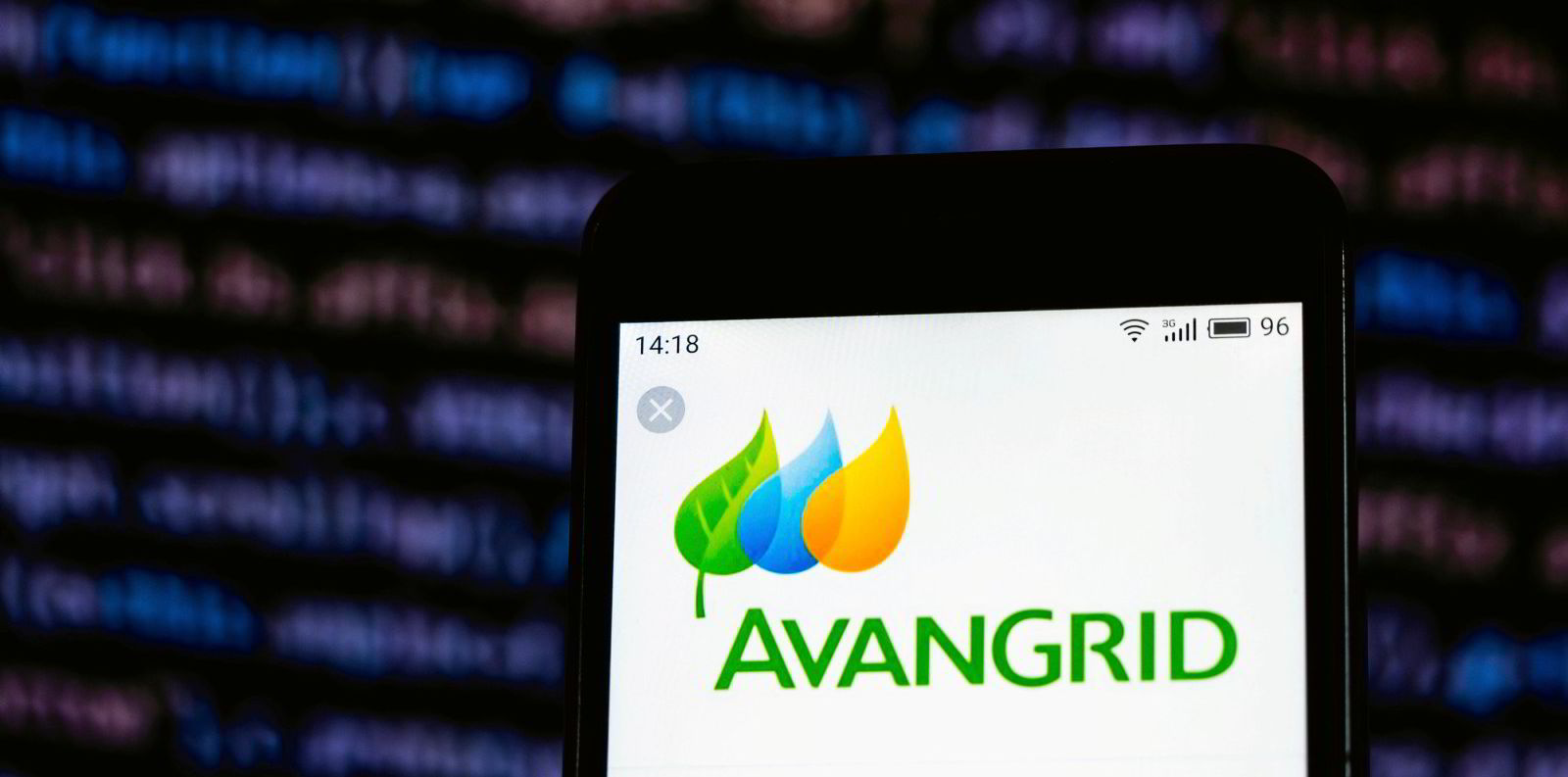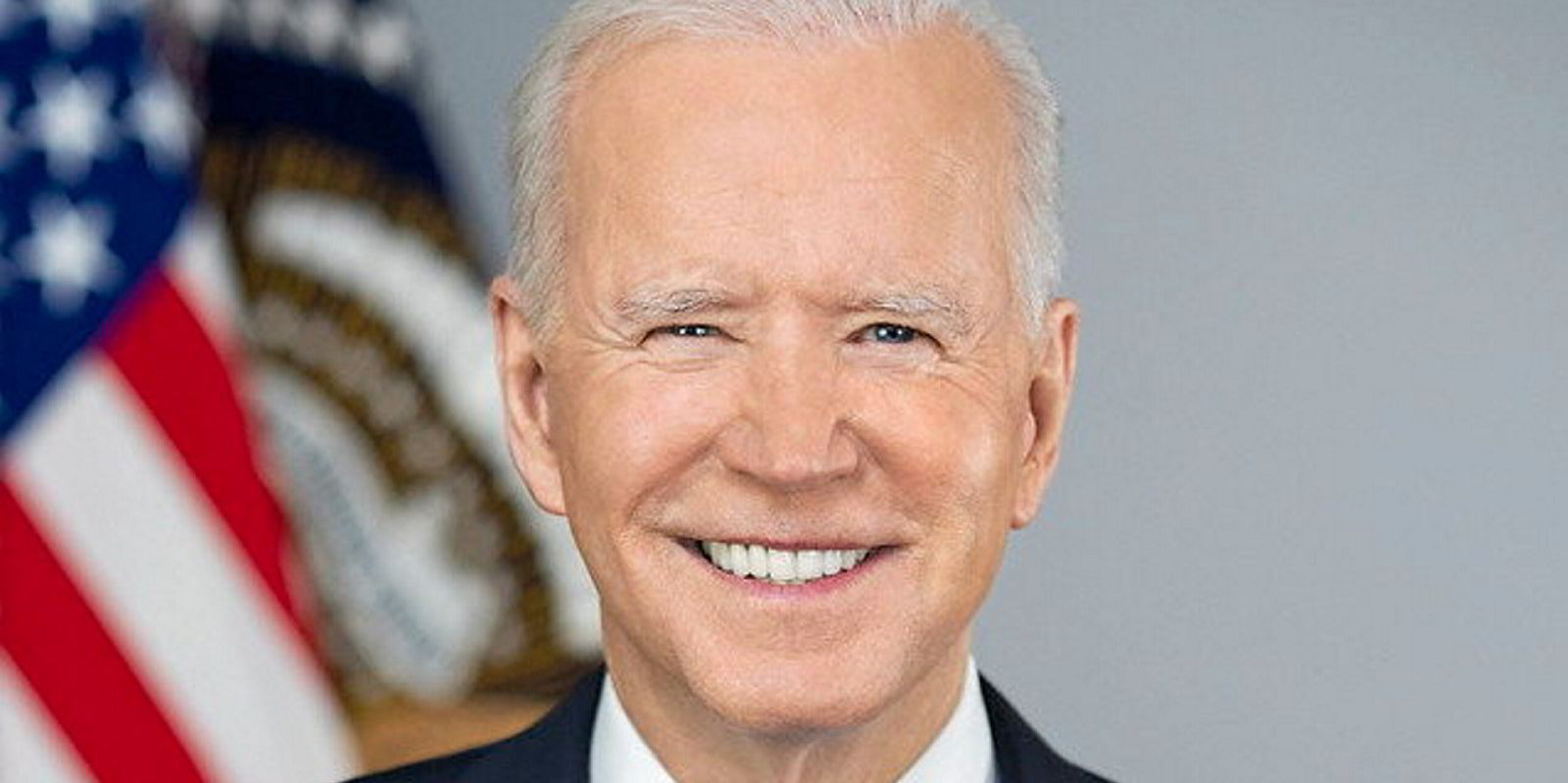Iberdrola-controlled Avangrid views competition from oil supermajors such as BP and Shell as good for the emerging US offshore wind market, and would not be surprised if they approach it to partner on future projects, said CEO Dennis Arriola.
He was asked on a conference call about analysts’ increasing concerns that the plunge into the sector by global oil giants looking to clean and diversify their energy portfolios could drive financial returns lower for developers such as Avangrid that have a more established presence in the US.
“I think there’s no doubt that with the entrance of some of the larger energy companies that have not traditionally been involved in the clean energy space, if anything, just clarifies that the offshore wind industry is for real and is a place where companies can put a lot of capital to work,” he said.
“So, competition is good; it’s good for consumers and good for us. It makes us sharpen our pencils,” Arriola said, adding: “So, we don’t see that really as a negative as long as we continue to focus on making sure that we maintain our financial discipline.”
Avangrid owns several large electric utilities in New England and New York, is a leading transmission developer and its Renewables unit is the number three US onshore wind and solar power capacity owner behind NextEra Energy Resources and Warren Buffett’s Berkshire Hathaway Energy.
With that experience and Iberdrola’s strong track record of constructing offshore wind projects in Europe on time and on budget, “we’re the type of company that some of these other major energy companies would want to partner with,” said Arriola.
Avangrid is a 50-50 joint venture partner with Copenhagen Infrastructure Partners (CIP) in the 800MW Vineyard Wind I project off the southern coast of Massachusetts, the nation’s first at commercial scale, and the nearby 804MW Park City. Both are contracted. It also fully owns the 2.5GW Kitty Hawk project under development in an area under lease off the North Carolina coast.
CFO Doug Stuver said Avangrid is confident that its US offshore projects will earn solid double-digit leveraged returns on investment. Parent Iberdrola and CIP both establish and maintain conservative assumptions, the projects are in attractive lease areas with relative short transmission lines to their landing sites, and they benefit from existing port infrastructure, he told analysts.
In Massachusetts, the joint venture has the opportunity for “meaningful economies of scale in procurement and operations due to the timing of our two projects and the contiguous lease areas,” he said.
All three projects got a financial boost in December when Congress loosened eligibility requirements for the federal investment tax credit (ITC) at 30% value. Avangrid had assumed a 24% ITC for the first 400MW stage of Vineyard Wind I and 18% for the second 400MW.
“In the case of Park City, we did not assume ITC in our original pricing and with this extended tax benefit, we expect the sharing (of benefits) between the project and our customers,” said Stuver.
Upbeat on Vineyard
Avangrid is upbeat over Vineyard Wind I and expects to begin construction later this year after the Bureau of Ocean Energy Management (BOEM), the federal industry regulatory agency, three weeks ago announced resumption of a slow-moving three-year environmental review for the project and bring it to a “robust and timely conclusion.”
Arriola says the company anticipates that the first General Electric Haliade-X turbines can begin generating electricity in 2023 and all 62 will be online in 2024. Park City filed its Construction and Operations Plan with BOEM in July 2020 and looks to be in operation in 2025.
Oil arrivals
Among the European oil companies, Equinor was the first to arrive here and invest in offshore wind in 2016, later winning a supply contract from New York State for 816MW capacity.
Two years later, Shell through its New Energies unit formed two 50-50 joint ventures. The first is with EDF called Atlantic Shores that controls a 2.5GW capacity lease area facing the New Jersey coast. The duo bid 2.3GW capacity into the state’s second offshore wind procurement round late last year with winners chosen in the second quarter.
The second joint venture is with Ocean Winds that controls a 1.6GW capacity lease area off Massachusetts with a 20-year supply contract for 804MW from its future Mayflower Wind project. The duo paid a US industry record $135m for those development rights.
BP in January paid $1.1bn to Equinor for a 50% stake in three US projects including the 816MW Empire Wind I project and another 2.49GW in contract negotiation with New York. That deal vaulted the oil supermajor into the front ranks of the US offshore wind industry alongside Avangrid, Orsted and domestic electric utilities Dominion and Eversource Energy.







